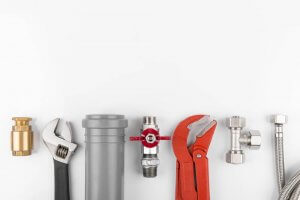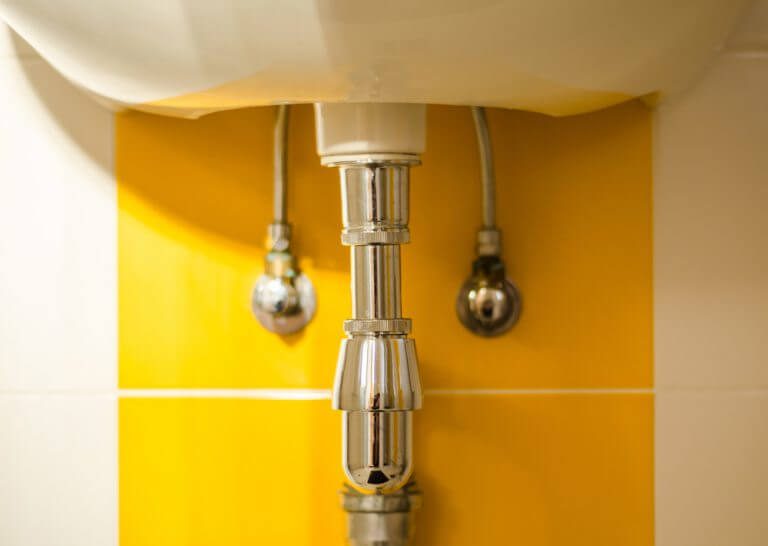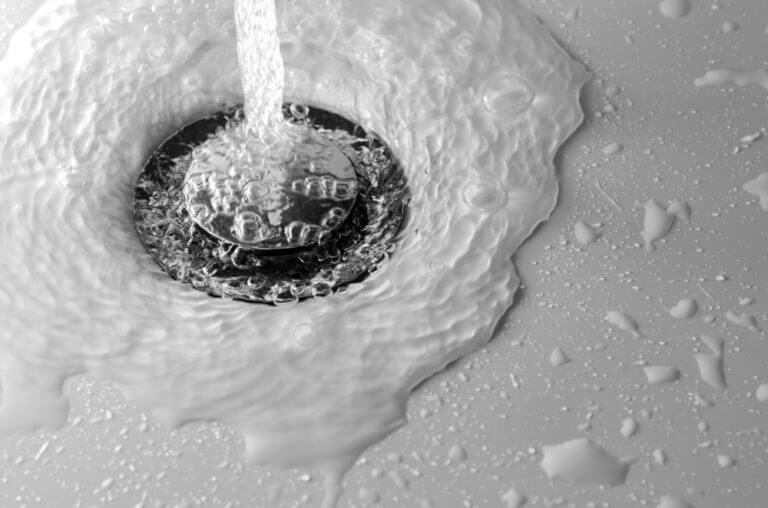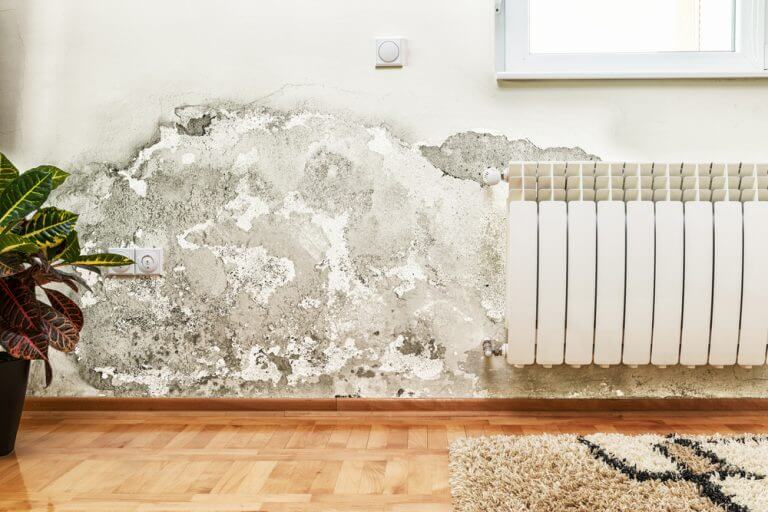Keeping Up with Your Plumbing Maintenance

You should care about your plumbing just as much as your walls or home decor. While you might not be able to detect problems like an expert, you can still keep an eye out for certain issues. For example, look out for leaks or blockages. Learn more about plumbing maintenance in our post today.
Plumbing: preventative maintenance

Too often we wait until it’s too late to call a plumber (or any kind of handyman for that matter). We might stall thinking that we’re saving money, but it’s just the opposite. Repairs for larger damage will cost a pretty penny!
Prevention is fundamental. Prevention means taking action before the faucet can’t be shut off. Maintenance means attending to a problem before the bottom of the toilet starts leaking. Having a plumber come and check your installations is an idea to keep in mind. If your plumber finds something fishy, fix it as soon as possible before it gets worse.
The most common plumbing problems are drain issues (such as when food or hair clog the pipes), lingering odors despite cleaning everything, noisy plumbing, dripping faucets, and weak water pressure. Be on the lookout for any of these problems and fix them right away.
Bathroom and kitchen plumbing
These two rooms (along with the laundry room and home exteriors) have a great deal of plumbing– and possible problems– behind their walls. Check out our tips for preventing plumbing disasters:
1. Look out for leaky toilets, bidets or sinks

It’s easy to know when you have a leak because you’ll find water on the floor (despite nobody having used the bathroom). Or, you might notice that the surface of your toilet or sink is wet.
Leaks are harder to detect in kitchens because you have to check carefully under your counters. But you might find a leak problem if you take something out of a cabinet and realize it’s wet.
2. Check the water pressure

If you’re noticing low water pressure in your faucets from time to time, something external might be causing the change. But if low water pressure is a reoccurring problem, it’s time to call a plumber.
In some cases, limescale is the culprit behind low pressure in bathtubs or showers while in others, if the pipes are older, the problem arises from poor pipe maintenance.
3. Look for damp spots

Whether you’re finding them on the ceiling or walls, one of the surest indications of plumbing problems are damp spots. If it’s escalated to the point where these spots appear, your plumbing problem is pretty serious. But if you waste no time in fixing it, you can save yourself a lot of money.
4. Clean out your drains

Clogged drains and pipes are one of the most common home problems. Food or cleaning product residue, laundry detergent, soap or shampoo, hair… they all build up and block water from flowing through.
Making matters worse, if you fail to clean out your drains, you might start noticing a foul odor. Try using a drain cover to catch remains or residue from passing through. Or, open your drain once in a while to clean out everything inside (with gloves of course).
Some people opt for certain cleaning products designed to remove grease and clear out drains and pipes. There are even home remedy options you can use: baking soda and vinegar, hot water or baking powder.
Lastly, if you have a dripping faucet, avoid shutting it off harder and harder because doing so will actually make the problem worse. As soon as you realize a faucet is leaking change the rubber washer first– that’s usually the problem.
While you’re waiting for your plumber, try covering your sink basin with a towel to quiet the dripping sound. Or, tie a string and lead it down to the drain so that the water droplets fall silently.
You should care about your plumbing just as much as your walls or home decor. While you might not be able to detect problems like an expert, you can still keep an eye out for certain issues. For example, look out for leaks or blockages. Learn more about plumbing maintenance in our post today.
Plumbing: preventative maintenance

Too often we wait until it’s too late to call a plumber (or any kind of handyman for that matter). We might stall thinking that we’re saving money, but it’s just the opposite. Repairs for larger damage will cost a pretty penny!
Prevention is fundamental. Prevention means taking action before the faucet can’t be shut off. Maintenance means attending to a problem before the bottom of the toilet starts leaking. Having a plumber come and check your installations is an idea to keep in mind. If your plumber finds something fishy, fix it as soon as possible before it gets worse.
The most common plumbing problems are drain issues (such as when food or hair clog the pipes), lingering odors despite cleaning everything, noisy plumbing, dripping faucets, and weak water pressure. Be on the lookout for any of these problems and fix them right away.
Bathroom and kitchen plumbing
These two rooms (along with the laundry room and home exteriors) have a great deal of plumbing– and possible problems– behind their walls. Check out our tips for preventing plumbing disasters:
1. Look out for leaky toilets, bidets or sinks

It’s easy to know when you have a leak because you’ll find water on the floor (despite nobody having used the bathroom). Or, you might notice that the surface of your toilet or sink is wet.
Leaks are harder to detect in kitchens because you have to check carefully under your counters. But you might find a leak problem if you take something out of a cabinet and realize it’s wet.
2. Check the water pressure

If you’re noticing low water pressure in your faucets from time to time, something external might be causing the change. But if low water pressure is a reoccurring problem, it’s time to call a plumber.
In some cases, limescale is the culprit behind low pressure in bathtubs or showers while in others, if the pipes are older, the problem arises from poor pipe maintenance.
3. Look for damp spots

Whether you’re finding them on the ceiling or walls, one of the surest indications of plumbing problems are damp spots. If it’s escalated to the point where these spots appear, your plumbing problem is pretty serious. But if you waste no time in fixing it, you can save yourself a lot of money.
4. Clean out your drains

Clogged drains and pipes are one of the most common home problems. Food or cleaning product residue, laundry detergent, soap or shampoo, hair… they all build up and block water from flowing through.
Making matters worse, if you fail to clean out your drains, you might start noticing a foul odor. Try using a drain cover to catch remains or residue from passing through. Or, open your drain once in a while to clean out everything inside (with gloves of course).
Some people opt for certain cleaning products designed to remove grease and clear out drains and pipes. There are even home remedy options you can use: baking soda and vinegar, hot water or baking powder.
Lastly, if you have a dripping faucet, avoid shutting it off harder and harder because doing so will actually make the problem worse. As soon as you realize a faucet is leaking change the rubber washer first– that’s usually the problem.
While you’re waiting for your plumber, try covering your sink basin with a towel to quiet the dripping sound. Or, tie a string and lead it down to the drain so that the water droplets fall silently.







